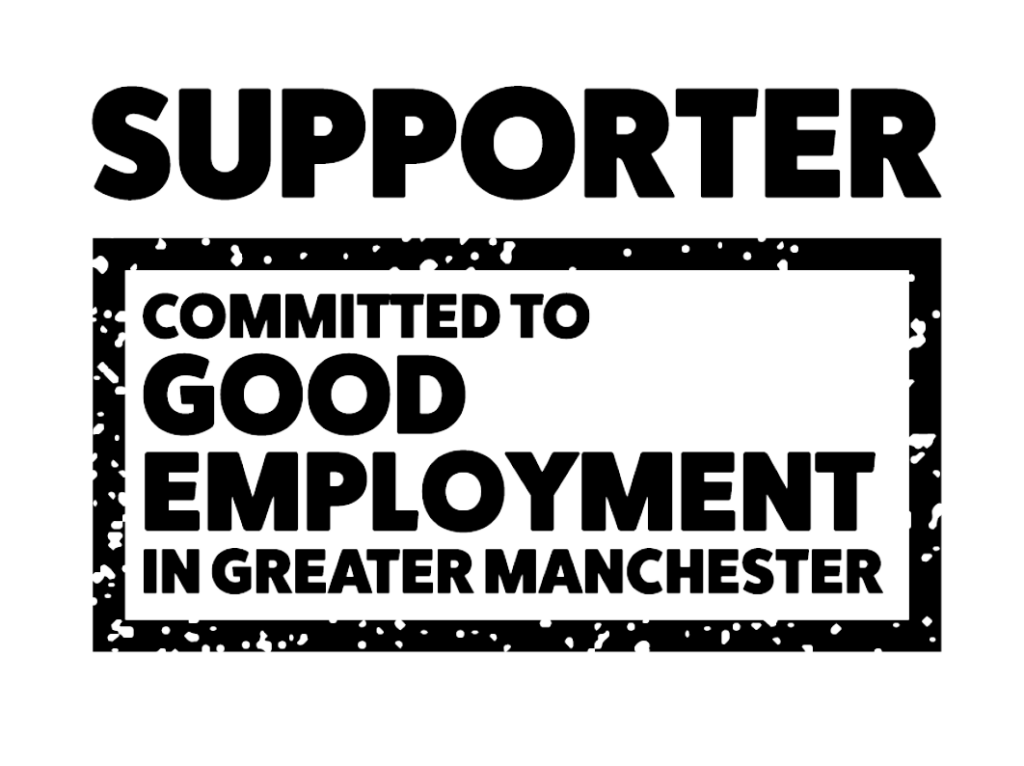Understanding and being able to articulate the ‘so what’ factor behind your business, products and services can be a lightbulb moment for both you and your customers. But when you’re so close to what you do it can be hard to see the wood for the trees.
Here we take you through why uncovering your ‘so what’ factor is important, how you can go about it and some great examples of brands and businesses who have cut through the noise by doing just that.
Getting clarity on the ‘why’ behind your business
In one of the top three most watched TED Talks of all time, Simon Sinek states “People don’t buy what you do, they buy why you do it.” He explains the Golden Circle model and how it is used by brands like Apple, Virgin, Heineken, and Google to create connection to their brand and build customer loyalty. The idea is to put why you do what you do at the heart of your business strategy and your marketing messages.
Most businesses focus on what they do – the products they make and sell or the services they deliver. It makes sense, we like to keep things simple. In fact, it’s one of the most common questions we ask when we meet someone for the first time; “What do you do?”.
In a competitive marketplace however, if your business only tells people what it does then we miss opportunities to share what makes you different, how being a customer feels and why to choose you over everyone else in the market. You risk solely competing on price and availability.
Good marketing will take things further by bringing to life how you do what you do. Sharing case studies about projects you’ve delivered, videos showing your products in action, information about how you create your product and service, how you deliver it, testimonials from happy customers – this all brings your ‘how to life.
Great marketing campaigns and great businesses have a clear ‘why’ – a story to tell and something that sets apart why they do what they do. This might be a cause that they stand for or it might be a niche that they felt hadn’t been serviced before or a way of delivering a product or service that changes the game. Your why doesn’t always have to be a noble cause but it does need to demonstrate the passion and care that is behind why your business started in the first place. Your ‘so what’ if you will.
And so, another approach to uncovering your ‘why’ is what we refer to as the ‘so what’ factor. This works on multiple levels – it can be used to dig into your purpose behind your brand. But it is also a great way of shaping clear messages and targeted marketing campaigns and really understanding and articulating your business USP.
Ask ‘so what?’
You sell water bottles – so what? You’re an accountancy practice – so what? You provide business consultancy – so what? You sell handcrafted tables – so what? As business owners you will know the so what factor and hopefully the customers who have experienced your product/service will know it too. But can you articulate it?
The aim of asking ‘so what’ is to uncover what problems you’re solving for people or what ambitions or aspirations you’re helping them achieve. You sell water bottles – so what? What do you really do? You provide a hygienic and sustainable way of transporting water. So what? Why should people care? They care because you help those people who see health as a priority stay hydrated in a sustainable, environmentally friendly way. This is a very quick and simplified example, but it illustrates how one simple question can start to uncover a lot.
‘So what’ can uncover:
What you really do: You provide y service but what you really do is help people achieve x.
Why people care: By helping them achieve x they have more time to focus on z.
Start with the easy bit – what you do. Take some time to interrogate what you do, why you do it and the ‘so what?’ factor. At this stage keep it really simple, avoid sales speak, product descriptions and don’t try and produce marketing ready sentences. Be blunt, be rough and ready, use simple, common sense language. Less is more. You can play around with any great insights and text you uncover later – now is the time to interrogate.
TIP: What you find out doing the So What exercise can also help you uncover new customer segments, sectors and target markets.
Examples of ‘So what’ in action
Crayola
Crayola is a household name and you no doubt know what they do. Crayola sell crayons. However, the Crayola brand is a great example of a purpose-led brand and one that has clearly taken time to understand their ‘why’ and answer their ‘so what?’ question.
Crayola’s brand essence states “At Crayola, our purpose is to help parents and educators raise creatively-alive kids.”
It’s clear there is a very bold difference between Crayola’s what (crayons) vs. their why (to raise creatively-alive kids) and it makes the brand stand out and stand for something. It demonstrates that there are some amazing so what factors behind children having access to crayons – to enable them to become creative!
BBC
The BBC Values – Educate, Inform, Entertain – were established when the BBC launched in 1922, founded by Lord Reith under the remit to “educate, inform and entertain”. In fact, the term “Reithian values” has become a byword for public service broadcasting. These values or purpose behind the BBC clearly communicate why they do what they do. Nearly 100 years later, they are found still on the walls of the BBC, on the back of ID passes and very much embedded in decision making of the direction the BBC takes including as to whether a show gets funded or commissioned.
Apple
Apple is probably one of the most cited brands when businesses look at leading branding and campaigns, let alone one of the biggest commercial success stories of the past few decades. Simon Sinek uses Apple’s why as a way to illustrate his Golden Circle theory and it’s another great example of ‘So what?’ in action.
Apple sell electrical products, mainly computers and phones, however their ‘so what’ factor has been stated as “We exist to challenge the status quo.” And this purpose has informed the way the brand has innovated, their product development and a movement of Apple users and fierce brand loyalty (often despite more affordable or even better products from competitors).
In ‘Start with the Why’ Sinek explains: “A marketing message from Apple, if they were like everyone else, might sound like this: ‘We make great computers. They’re beautifully designed, simple to use and user-friendly. Wanna buy one?’
However, when it starts with why:
“’Everything we do, we believe in challenging the status quo. We believe in thinking differently. The way we challenge the status quo is by making our products beautifully designed, simple to use, and user-friendly. And we happen to make great computers. Wanna buy one?’”
So What?
To sum up the ‘So What’ factor by practicing what we preach and asking, ‘so what?’ it is a simple but powerful question that can help you understand so much about your products, services, brand and even your whole business. It helps you better understand your customers, better understand how and why you do what you do and most importantly how you can articulate that in order to win business, build a great brand and create customer loyalty.


